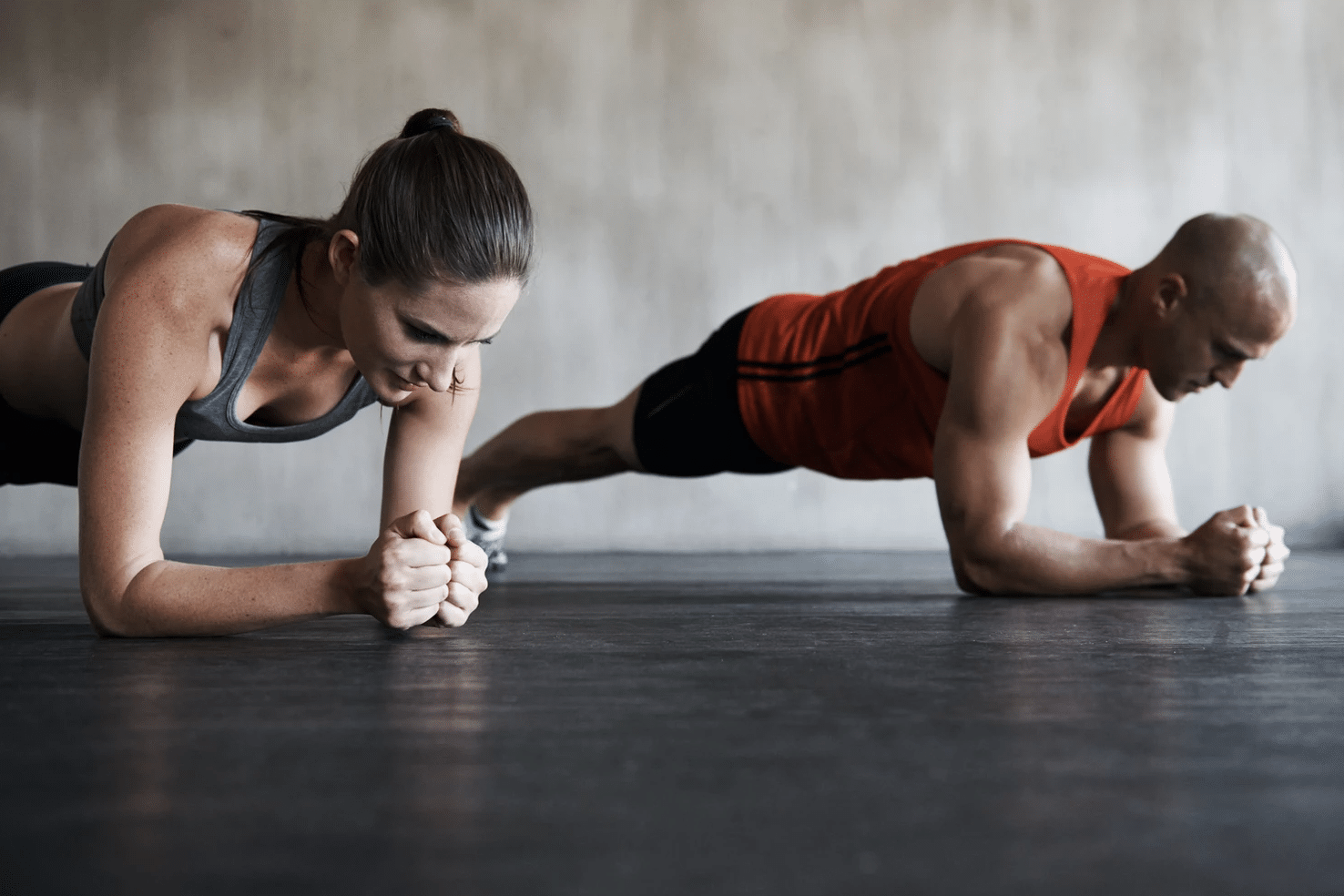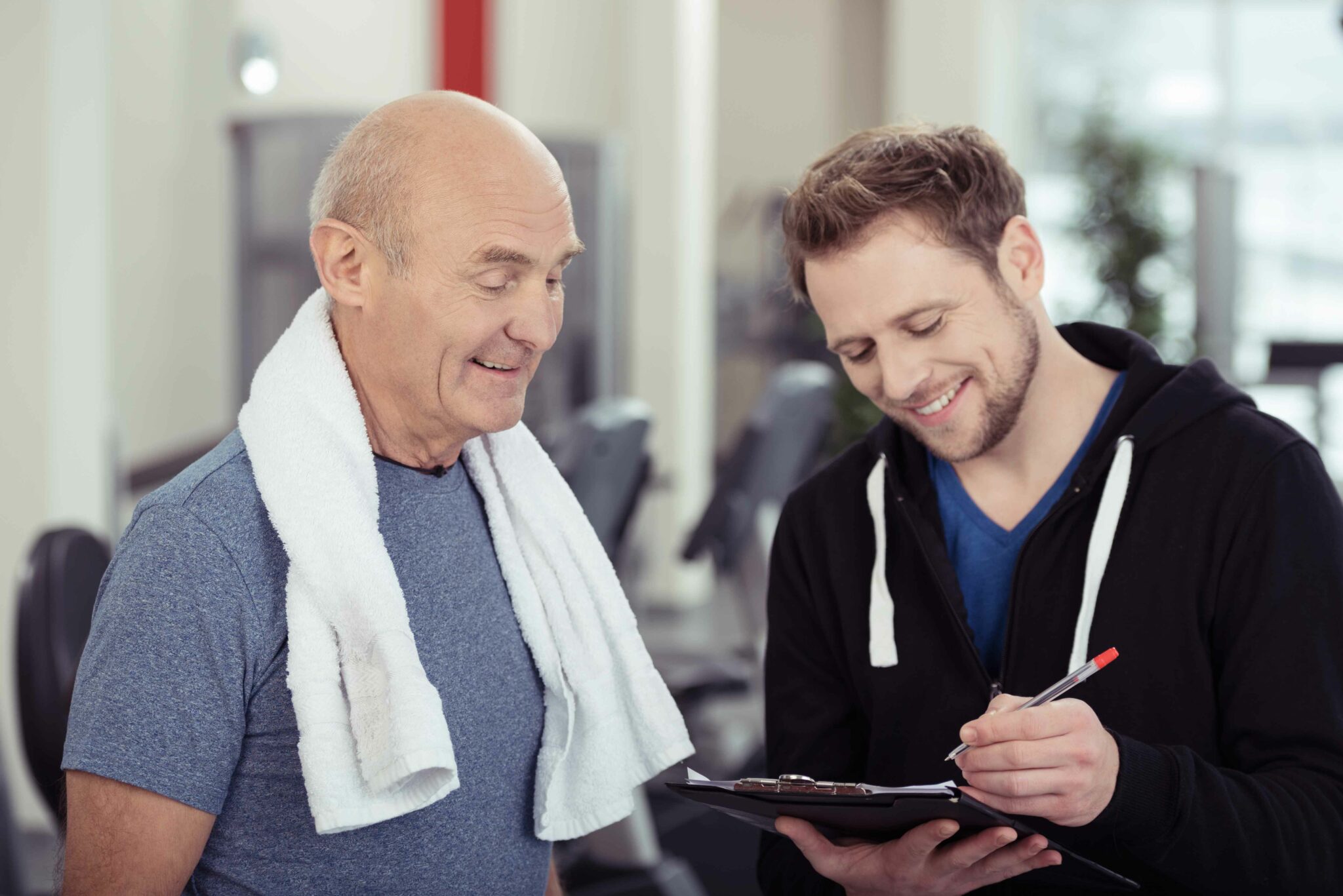
Why Exercise is the Key to Healthy Ageing
Have you heard about the mystical Chinese art of Qigong? If you have, I still believe that Qigong may remain something of a mystery to

Have you ever had a nagging, recurring injury? One that just won’t go away no matter how much you stretch or foam roll it?
Or maybe you haven’t been injured but you’re finding it more difficult to perform certain exercises – deep squats, single leg work, push-ups or pull-ups? Or you just find it really hard to activate your core or glutes during exercise?
The answer to all your problems could be lying in your thorax. How you might be asking? Let’s start by finding out more about the thorax…
The thorax consists of your 12 ribs (left and right), your sternum/breastbone and the 12 thoracic vertebra. It forms the largest region of the spine and trunk and accounts for up to 20% of the body’s length.
Through the research done by Canadian Physiotherapist Dr LJ Lee, founder of ConnectTherapy™ and the Thoracic Ring Approach™ we now know that during movement, the thoracic spine and ribs move as an integrated three-dimensional complex. Within this complex we can break the thorax into smaller segments consisting of ‘rings’, with each ring consisting of the left rib, right rib, the vertebral segment and its ligamentous attachments to the sternum at the front.
The thorax is a central area of muscular and fascial connections; a large number of muscles that control the head, neck, shoulder girdle, lower back and pelvic region have their origins in the thorax.
It functions as a protective unit for the heart, lungs and other internal organs and facilitates optimal respiratory function. It is also closely linked to the autonomic nervous system (ANS) which has its origins from the thoracic spine. The ANS is the control system of our body that regulates bodily functions such as our heart rate, breathing rate, digestion and urination.
The thorax is an important region for transmitting forces equally throughout the body, transferring loads between the legs and lumbo-pelvic region, the arms, neck and head. For example when we do a push-up or squat, the thorax is plays a crucial role in equally distributing the forces that are coming up through your arms and feet from the floor.
While the thorax has traditionally thought to be a very stiff structure, research shows that the ribcage is actually quite flexible and this flexibility is needed for healthy movement in the area and for the body overall. The thorax plays a major role in rotational movement and control, which are essential movements in most functional and sports activities.
While core stability has tended to focus around the lower back and pelvis, the thorax is the centre of trunk rotation and all the abdominal muscles are innervated from the thorax.
So technically when looking at good abdominal muscle activation we should be focusing more on the thorax!
Hopefully by now you’re beginning to see the importance of the thorax to healthy movement and preventing injuries…
Unfortunately, due to our modern lifestyles the thorax is increasingly becoming more compressed, inflexible and weak in the general population. Sitting for long periods, working on computers/phone/laptops, increased stress and sedentary lifestyles are all factors that are contributing to this tightness and/or weakness that we see in this area.
As the thorax is closely linked to the autonomic nervous system, when the thorax gets compressed and tight, it has the potential to impact your breathing, sleep and digestion.
This can be due to two main reasons.
Firstly it can’t fulfil its role of distributing forces equally throughout our body, which can then intensify load/stress on adjacent areas such as the neck, shoulders and lower back/pelvis.
Secondly, as the thorax also has multiple muscle and fascial attachments from all over the body, an imbalance in the thorax can also cause an imbalance to other parts of the body.
As the abdominal muscles are innervated from the thorax, when the thorax is not balanced, it can drive asymmetrical abdominal function. This can make it difficult to recruit the right pattern of core muscles we need, no matter what the cues or training we do.
Applying the principles of the Thoracic Ring Approach, trained therapists’ help optimise the thorax through manual techniques, exercise and education, making it easier to recruit the abdominals and give more options for movement.
Immobility and tightness is not the only issue we see in the thorax, often poor neuromuscular control in the area is another big factor that can contribute to a dysfunctional thorax. This is where there is an imbalance in the activation of the deep and superficial muscles in the trunk, with there usually being an overactivity in the superficial muscles (e.g. obliques, pecs and lats) and a lack of activity in the deep stabilising muscles.
As I mentioned earlier, tightness in the muscles that attach to the thorax can be a big contributing factor to the thorax not moving well. Stretching and releasing some of the muscles around the trunk can free up the thorax and give the surrounding areas more options to move.
Here are some good stretches to try, that stretch some of the more commonly tight muscles in the thorax:
1. Table Stretch. Hold for 30-45 seconds.
Start by standing in front of a table. Begin by bending forward at the hips and placing your hands flat on the table in front of you whilst keeping your back straight. Then start walking your feet back, whilst keeping your hands fixed on the table, until you start to feel a stretch along the back of the shoulders.
2. Side stretches. Hold for 30-45 seconds on each side.
Start by standing with your feet shoulder width apart and your arms raised towards the ceiling. Begin by holding onto your left wrist with your right hand and side-bend at the waist to the right. You should feel a stretch along the left side of the body. Repeat on the other side
3. Pec Stretch. Hold for 30-45 seconds on each side.
Start facing a wall with your right shoulder and elbow held at 90 and your hand/forearm resting on the wall. Begin to turn your body away from the wall, making sure to turn your feet as you do so and keeping your hand/forearm against the wall. Keep turning your body away from the wall until you feel a stretch along the front of your chest.
Start by standing and imagining you’re up against a wall. Imagine peeling off that wall, thinking about each part of the spine peeling off the wall vertebra by vertebra, starting with the head and neck and finishing with the lower back as you roll down. Hold for a few breaths at the bottom and repeat in reverse to roll back up. Keep the arms and neck relaxed.
Begin standing with your feet about 3 feet apart and turn your right out so it is now perpendicular to the left foot. As you inhale stick your hips to the left and reach your right hands towards your ankle and left hand up towards the ceiling. Exhale as you return back to the starting position.
Begin lying on your side with both hands out in front of you. As you breathe in lift your top arm, up and over towards the opposite side. As you breathe out bring that top arm back towards the bottom arm. Make sure your pelvis/hips don’t move. Repeat on the other side
Lastly we we need to work on activating/strengthening the deep stabilising muscles and relaxing the superficial trunk muscles to improve the neuromuscular control in our trunk.
Hopefully we have started to stretch out some of the overactive superficial muscles in the trunk with some of the stretches above, so we can start working on strengthening the deep stabilising muscles around the trunk. One such muscle we want to strengthen is the multifidus, which are a group of muscles that run along either side of the spine and play a key role in keeping the length and posture in our spine optimal.
As we’re trying to turn on these deep stabilising muscles and use the superficial muscles less, we’ll be using what we call ‘cues’.
Cues are basically just prompts to restore balance between using the superficial and deep stabilising muscles in the trunk.
Now trying to explain how to turn these on can be a bit tricky to do so in writing but i’ll try my best, it will help if you use your imagination! Try to practice these cues with simple leg, arm and core exercises, if the exercise is too hard then it will be harder to concentrate on your cue.
For example try some leg lifts whilst lying on your back and notice how the exercise feels, especially how well you feel your hips are moving and how light/heavy your legs feel. Then try the same exercise whilst trying one of the cues below and see if it makes a difference!
Hopefully you learned some new information today on the importance of the thorax in healthy movement and injury prevention. If you found any of the above stretches, exercises or cues helpful, then it may be more than likely that working on your thorax could be the key to moving better and preventing injuries in the future.
If you think your thorax may be contributing to your injuries or performance then having a whole body assessment with a Physiotherapist trained in the Thoracic Ring Approach™ is the first step determine if your thorax (or another body region) is contributing to your movement problems. At RedoHealth all of our Physiotherapists’ are trained in this approach.
Happy exercising!
Ideas presented in this blog are based on LJ’s research. For more information on this unique approach visit www.ljlee.ca.
#thoracicringapproach #thorax #injuryprevention #corestrength #corestability

Have you heard about the mystical Chinese art of Qigong? If you have, I still believe that Qigong may remain something of a mystery to

Have you heard about the mystical Chinese art of Qigong? If you have, I still believe that Qigong may remain something of a mystery to

Have you heard about the mystical Chinese art of Qigong? If you have, I still believe that Qigong may remain something of a mystery to